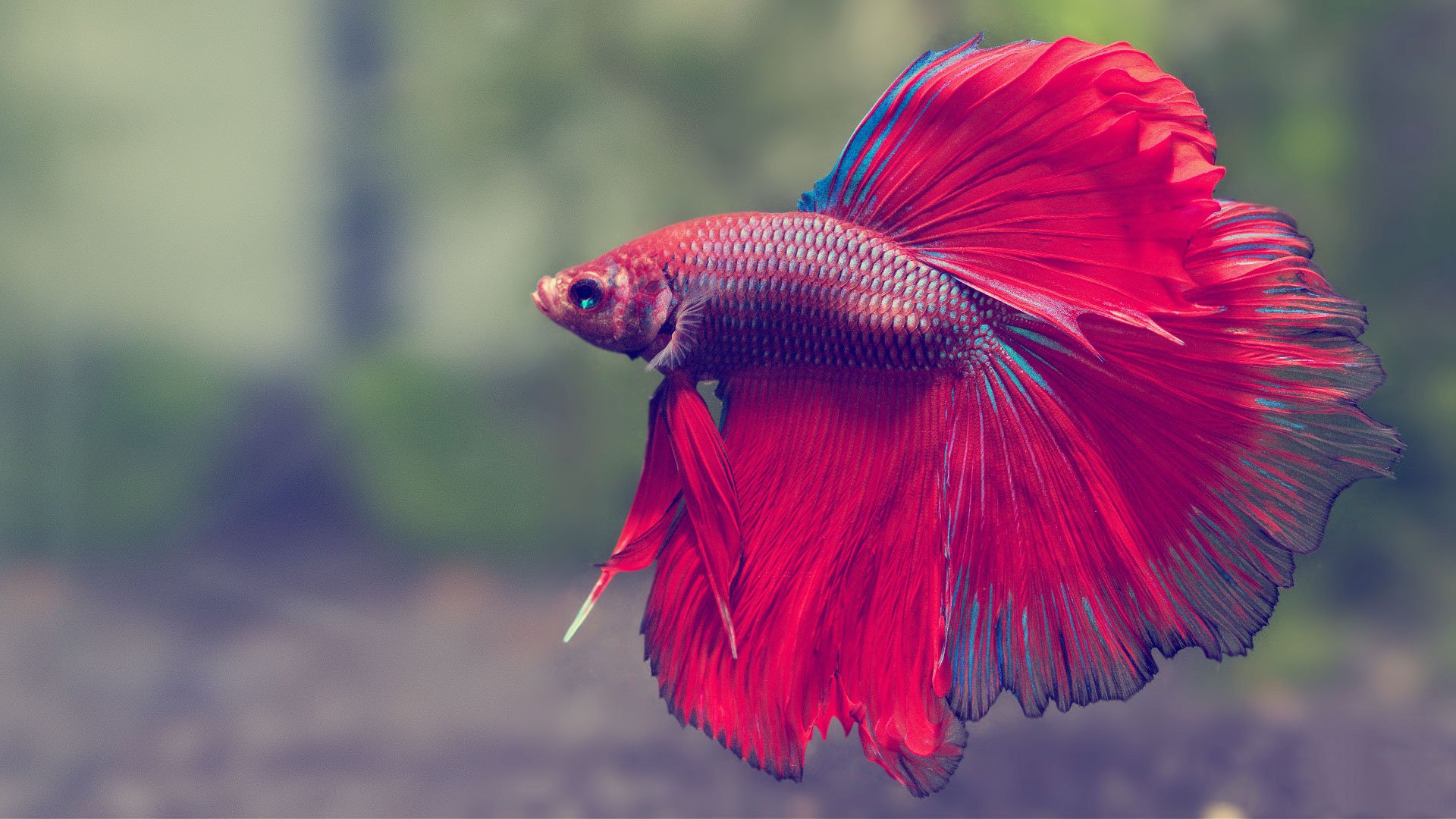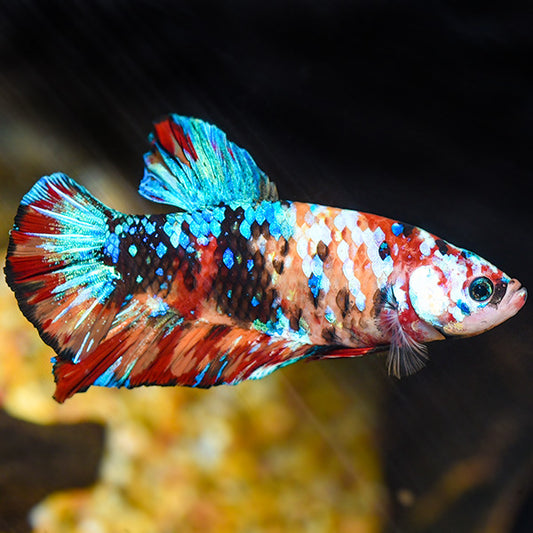Just how to Create the Perfect Betta Fish Environment at Home
Wiki Article
Just How to Breed Betta Fish Effectively: Professional Strategies and Insights for Hobbyists Aiming To Expand Their Betta Collection
Breeding Betta fish needs a nuanced understanding of genes and ecological conditions, making it important for hobbyists to approach the procedure with both persistance and care. Developing an optimal reproduction atmosphere, picking the right sets, and observing the intricacies of their courtship actions are foundational steps that can substantially influence the end result.Understanding Betta Fish Genetics
Comprehending the genetics of Betta fish is critical for successful reproduction, as it affects attributes such as shade, fin shape, and behavior. Betta fish display a varied variety of colors and patterns, largely determined by their hereditary make-up. The primary genes in charge of coloration include the "B" gene for blue, "D" gene for red, and the "C" gene for shade strength. Dog breeders can manipulate these attributes by choosing details moms and dad fish that display desired attributes.Along with pigmentation, fin morphology is one more considerable facet of Betta genetics (betta fish). The sizes and shape of fins are influenced by various genetics, consisting of those that identify whether the fins are brief, long, or veil-shaped. Comprehending these hereditary variants aids dog breeders anticipate the phenotypic end results of their spawn
Moreover, behavior attributes such as aggression and territoriality can likewise be influenced by genetics. These behaviors play an important role in the breeding process, as they can impact generating success and the general character of the resulting fry. By comprehensively recognizing these genetic concepts, breeders can make informed decisions, ultimately improving their reproduction programs and achieving preferable outcomes.
Preparing the Breeding Setting
Creating an ideal reproduction setting is important for the effective reproduction of Betta fish. The initial step in preparing this setting is to choose a suitable breeding container, ideally varying from 5 to 10 gallons. This size enables for enough swimming area and the establishment of regions. The container should be equipped with a heating system to preserve a secure temperature in between 78 ° F and 80 ° F, which is essential for motivating generating behavior.Next, think about using a sponge filter or an air rock to provide mild water blood circulation without producing solid currents that can emphasize the fish. It is vital to mount plants or breeding cones to supply concealing areas and promote convenience for the woman throughout the spawning procedure. Drifting plants, such as Java moss or water sprite, can additionally create a much more native environment while promoting bubble nest building by the male.
Prior to presenting the reproducing sets, ensure the water is conditioned and without harmful chemicals, such as chlorine or heavy steels. betta fish. Routine water adjustments ought to be performed to keep optimum water quality, boosting the chances of effective breeding. With these preparations in position, the breeding setting will sustain the health and wellness and health of both Betta fish
Choosing Reproduction Pairs
Choosing the best reproduction sets is important for achieving effective Betta fish reproduction. When picking your reproduction pairs, take into consideration a number of key aspects including wellness, character, and genetics. Healthy and balanced Betta fish display dynamic shades, clear eyes, and energetic habits. Picking fish that are complimentary from condition guarantees a better possibility of generating viable offspring.Character is another important factor to consider, as Betta fish are recognized for their aggressive nature. It is advisable to select a male and lady that exhibit suitable temperaments to reduce anxiety during the breeding process. A calm male can encourage a smoother courtship, while a woman that is too aggressive might interrupt the process.
Hereditary history likewise plays a considerable role in the quality of the children. Reproducing fish that are genetically see it here diverse can reduce the threat of genetic health problems and boost the total vigor of the fry. It is beneficial to research the family tree of both the male and female, concentrating on preferable characteristics such as fin type, color scheme, and size.
The Reproduction Process
The breeding procedure of Betta fish calls for mindful planning and focus to information to guarantee a successful outcome. It is crucial to prepare an ideal reproduction container, preferably a 5-10 gallon aquarium with a temperature level maintained at 78-80 ° F. The container needs to be outfitted with a heating system, filter (ideally sponge kind to prevent solid currents), and plenty of aquatic plants for the woman to hide.As soon as the atmosphere is established, introduce the picked breeding pair to the container, permitting them to accustom. Observe their behavior; the male will show fancy courtship routines, consisting of flaring his fins and constructing a bubble nest. If the woman shows rate of interest, she will certainly show upright stripes indicating readiness for spawning.
When the woman is receptive, both will certainly participate in a breeding welcome, throughout which the male feeds the eggs. It is crucial to monitor their interactions carefully, as the man may end up being hostile. After generating, remove the female to avoid potential injury. The man will tend to the eggs, which normally hatch out within 24-36 hours. Maintaining ideal water conditions throughout this duration is crucial for the advancement of healthy Betta fry.
Taking Care Of Betta Fry

Feeding Betta fry is crucial, as they require a diet regimen high in healthy protein. Initially, they can be fed infusoria or liquid fry food, transitioning to finely crushed premium pellets as they grow. Feed small sections multiple times a day to motivate healthy and balanced growth without overwhelming the storage tank with uneaten food.

As they develop, monitor their growth very closely and divide any type of hostile individuals to avoid harm. By supplying a nurturing atmosphere and correct nutrition, hobbyists can efficiently increase Betta fry right into lively, healthy fish, eventually improving their breeding endeavors.
Verdict
Effective Betta fish breeding needs precise attention to genetic choice, review ecological conditions, and take care of the fry. By understanding the genes of Betta fish and preparing an ideal breeding environment, hobbyists can enhance the possibilities of creating dynamic, healthy and balanced children. Selecting compatible breeding pairs and carefully checking the courtship and generating processes are important. Supplying optimal treatment for the fry ensures their healthy growth, adding to a thriving Betta collection.Report this wiki page